|
Since 2020 we have all been traumatized in one way or another as a result of the Covid-19 Pandemic. On the West Coast and in Lake Tahoe as well as the surrounding areas the trauma has extended beyond our homes to our businesses and community. In 2021 we were, again traumatized, by devastating fires. The effects of these events will not dissipate quickly. Through the practice of Yoga we can recognize them and learn how to move forward as changed people. Stress Can Be GoodEvery time we use our brains and move our bodies we are stressing ourselves out just a little bit. Those of us that live more athletic lifestyles or engage in thought-provoking work are activating a higher level of stress. Stock traders, body builders, professional athletes, and adrenaline junkies are on a whole other level. Stress that keeps our bodies active, our systems functioning healthily, and our minds engaged is good. Trauma effects us all differently. While in the moment, there are some people who jump into action knowing what to do and getting it done. Others may move more slowly, dawdling and waiting to see if the moment will end until they are forced to act. After the traumatic event ends we are all effected differently. Svadhyaya is the practice of self study: Identifying how you behave when faced with minor stresses like physical activity, problem solving, engaging with others, and when tasks have to be completed can help you to understand how you might respond to trauma. Getting Shut-InIt has been interesting having conversations with everyone as we've begun spending more time together. The way in which we all handled the lock-downs is not the same among my friends. I have found that there are a few general groups we can be sorted into. One of my friends feeds off of social engagement. She travels constantly. Being stuck at home, alone, was a big challenge for her. She responded by reaching out with social media video conferencing. Groups of us would gather virtually to chat and hang out for as long as we, or she, needed. It appeared that my introvert friends were happy to be at home and not having to deal with social engagements. It was a welcome shift for them. I recall seeing a variety of memes with images of happy introverts in their homes cozy on their sofas with their pets or a good book. Luckily, I live in a place where the forest lies just feet from my front door and the population is small. I found that, as much as I enjoyed the video chat groups and time alone, getting outside is a necessity. A daily walk, run, or cross country ski outside was enough to help me feel myself. Sadhana is your spiritual practice: What fills you up? Is it socializing with others? Peace, quiet and alone time? Or do you require connection to nature? Whatever helps you the most is one part of the remedy for reducing stress and calming the effects of trauma. Tell Your StoryNo one can take away the experience you've had or how you feel about it. Others can listen, sympathize, and some can empathize. The experiences you have are yours and no one else's will be exactly the same. There may be similarities, though, and that is what is most important. While we were evacuated from our home the conversations we had with outsiders were mostly about what it looked like in Lake Tahoe and how bad the fire was. It was difficult to grasp how severe the situation was and even more of a struggle to imagine what those who had lost their homes were going through. As we began getting back to life after repopulating it seemed like the only topic to discuss was where we went and what we did while we were evacuated. Everyone had their story. Some people had "evacucations;" they viewed their time away as a "forced vacation" and enjoyed every moment. Some of us never got a break and worked the entire time. Others couldn't wait to return because they had no where else to go. Satsang is like minded conversation: Sharing our stories and experiences helped us to connect with each other and to recognize that we were not alone in our experiences. Even though none of had the exact same one, we are still able to relate to one another. Telling my story didn't take it away nor am I able to take anyone else's. It did help me to know that someone heard it and knows what I went through. Be PresentI know, this is what every Yoga teacher says all of the time. It's so true, though. Being present with the people, at the place, in the moment is incredibly valuable. Dwelling on what was and how things were traps us. Change is going to continue to happen and practicing Yoga helps us become more comfortable with this fact. Dharana is mindful focus: Yoga is a practice of observation, awareness and intention. It's okay to experience joy while spending time doing something fun with people you love. If the moment is one of sadness, quiet, or reflection be there, fully. Just don't get stuck there. Just as you are always observing what happens physically, energetically, emotionally and mindfully during a Yoga asana practice so can you do so in every moment. Be Your SelfEvery experience we've had, all the things we've learned, the culture in which we were raised, the places we've lived, and the people with whom we live our lives shape us to become who we are and will be. I often refer back to my upbringing in New England to explain why I communicate directly, have little patience for lateness, and don't mind the cold. There is trauma in my life including my parent's divorce following the deaths of my grandparents and trauma related to alcoholism that I know continues to effect me and the way I live. I can't eliminate those aspects of myself, but I can own them. Aum Tat Sat means "I am that:" Own who you are and practice observing when you act in a way that was shaped by trauma, experiences, upbringing, etc. If you don't like your own behavior then keep practicing to change it. You have control over yourself. Choose who you want to be and be your Self. Join classes at Lake Tahoe Yoga to learn more about Yoga and to engage in practices that reduce stress and can help you manage the effects of trauma. For individualized support check out Jenay Aiksnoras, BS, MS, ERYT for Realignment Coaching: personalized life coaching and therapeutic Yoga.
0 Comments
We are tribal creatures who enjoy engagement, connection, conversation, and presence. The practice of Yoga is one of union. Virtual classes provide much, but the connection we feel to others while practicing in person is much deeper. Opening DoorsThe transition to more virtual classes as well as those that are on-demand has opened many doors. You can now access any teacher from anywhere and attend practices that may not have previously been available in your area. The opportunity to learn from new teachers, instructors, and guides has given many of us a chance to expand our knowledge and skills. As we transition from "at home" back to "real life" many of us will continue to practice virtually as well as through on-demand classes. Being able to join in whenever we are able and to re-attend classes we wish to repeat are conveniences we previously didn't have. Missing PiecesMissing from virtual and on-demand practices are the qualities that we seek out as community creatures; connection, energetic exchange, engagement, conversation, and presence. The virtual world is one of connected disconnect. While joining a practice with people from all over the world we get the chance to see, but not to know them. Our guide may be able to provide verbal adjustments and suggestions, but they aren't specific to our individual needs. We see a two-dimensional figure in a flat space and have to shift our bodies and perspectives to see them, then readjust ourselves into the posture. There are sound delays and internet issues that make participating challenging and, sometimes, impossible. The SpaceIf you've ever been to Tahoe you know how magical this place is. There is no way to experience the size of the lake except for being at it. You can't experience the magnitude of the mountains unless you stand among them. An entire tree can't be seen to it's fullest magnificence without your own eyes. To see is to feel, is to experience. Our new practice space at Bliss Experiences has been designed to capture the experience of being at Tahoe whether you are in the basin, or joining virtually. Our intention is to give everyone an experience of being present even if they are unable to be in the space. Of course, there is nothing quite like being within the four walls of our space. Visually and energetically, the experience of being present and with others is unparalleled. TogethernessAs we begin offering indoor, in-person practices again, we will also continue to invite you to attend virtually. You are welcome to join the practice in whichever way you feel most comfortable.
Spaces will be limited in our indoor sessions. Proof of vaccination or a mask will be required to attend. Physical adjustments will only be available during Individualized Private Sessions. We suggest that you bring your own tools. Mats will be available for rent. You may pay a monthly fee to store your materials in our space. Memberships and registrations are required to attend. Outdoor classes will continue to be offered on beach and paddle board during which we will not be requiring masks. We ask that you do a health check prior to attending: if you feel sick, have a temperature or Covid-19 symptoms, please do not attend. Bring your own beach towel, water, and sun protection. Please practice satya (truthfulness) and ahimsa (non-harming) by honestly sharing your vaccination status. Our ability to continue to offer indoor, in-person classes depends upon your honesty and consideration of others and our small business's need to follow the current directives to be able to remain open. Becoming fit and flexible can help you to better manage stress in both body and mind. What is Fitness?I used to hear the word fitness and an image of Jane Fonda or Arnold Swarzenegger would pop into my head. After years of living a fit and healthy life as a yogini the images that come to mind are, now, very different. My perception of fitness includes more than physical appearance. I define fitness as: overall wellbeing. I strive to feel fit in body, energy, and mind. Mindful FitnessMy day begins with a mindful focus practice. Either the sun or my alarm wake me each morning. I prop myself up to a seated position and begin. I mindfully focus upon a mantra (sound vibration practice) while setting an intention for the day. I like to do this practice in the morning before I actively engage in the world because it is the time during which my mind is most clear and my body is naturally relaxed. The rest of my day is driven by the intention I set. It is guiding me throughout my day as a reminder to keep practicing with care for myself and awareness. I think about it while I move around, sit at my desk, teach others, take a walk, eat, etc. Sometimes I forget, or get distracted, but as soon as I catch myself I get right back to my practice. Mindful FlexibilityI've been known to call out practitioners who rely on mobility instead of strength to access postures. There is a delicate balance between flexibility and strength that, when found, provides us with deeper access to our selves. To be overly mobile can result in injury just as being overly strong can do the same. Consider your parents. Possibly, one was very strict and the other less so. When my parents divorced my Dad became the strict one, while my Mom became more flexible with the rules. The imbalance allowed me the opportunity to break rules and push limits that I never would have had they remained together. In your body and mind the same imbalances are present. It's up to you to identify and address them. Stress LessAs one of my clients recently said, "It's nice to take an hour to do something for myself and to get away from work." It's easy to become rigid in our work schedules, weaken our self care, and too flexible when it comes to indulging. One way to engage in self care and create balance is Yoga. It helps to reduce rigidity, build strength, and manage mobility. Allowing an hour of time to engage in self care during a Yoga practice can have a significant impact. Embedded in that hour is more than movement. The combination of intentional posturing, directed breathing, mindful movement, and guided focus can transform your perception; it can shift the way you in which you engage in the rest of the day. Fit & FlexibleIf you could set one intention for the rest of your day, week, month, what would it be? Try beginning your day with this intention in mind - use it to help you feel fit. Allow it to lead you as you live, work, eat, engage, and experience the world. Consider the things about which you are rigid/strict/stuck, etc. and, in compliment, in which ways are you are too willing to be flexible or "go with the flow." How can you bring these ideas into balance? Engage in self care; practice, play outside, create, explore. An hour a day is more powerful than you think. Simple changes create significant effects. Practice becoming fit and flexible to reduce stress and feel more balanced. Jenay guides Private Therapeutic Yoga Practices that focus upon your specific needs. To learn more or to begin developing your fitness and flexibility visit: https://www.therealignmentcoach.com/
Do the Rewards Equal Your Efforts?Everything you do has an equal return. Every thought you have, every word you speak and every action you take will result in a reaction. You have control only over that which you think, say or do. You cannot control anyone else or the results of what they do. Yoga teaches us to practice observing our thoughts, words and actions and becoming aware of the intention behind each. If the intention is to make yourself look good, hurt someone else or to improve your life alone, then Karma results. I like to imagine Karma as a small seed. One is not a big deal, but a bag, bushel or box of seeds can get very heavy. The more Karma seeds you create, the heavier they get. Discovering DharmaThroughout your life you have stitched together various activities, people, and experiences that all have something in common. Reflect upon the work you have chosen to do, the places you have spent time, the topics that you have studied and the people to whom you have become close. Can you identify the common thread? That to which we are drawn is most often our Dharma; our life's duty. Once you begin observing and reflecting you may be able to see the common thread throughout your life. You may even notice that it is something for which you feel passionate. In addition, it is something that effects more than just you. Typically, it is something that you are able to do that makes life better for others. Can you identify your Dharma? Receiving GuidanceBefore, throughout, or to close any Yoga class, your teacher will offer some guidance in discovering your Dharma. Knowing what to look for is the first step toward identifying your life's work. The Dharmic Topic of the day will give you something upon which to focus as you move through asana. A good instructor will weave this theme throughout the class. While you move, he or she will guide you in considering the theme. While practicing, you may make connections to how you are feeling physically, energetically, or emotionally. Consider the Dharmic Focus of Divinity. Your teacher may suggest that you consider the idea of recognizing divinity in all things, including other people, even those with whom you do not get along. While you move through asana, rather than getting lost in mindless chatter, perhaps you will begin to think about those who have wronged you; people with whom you are frustrated or angry. Perhaps you will begin to see that their divinity is blocked by their actions. Next, you may begin to reflect on how your behaviors may make it difficult for others to see the divinity within you. As you continue to practice, observe and reflect, you may begin to bettter understand yourself and, thus, see your Dharma. Remaining on the Path of DharmaUpon identifying your Dharma, the next step is to continue to do your life's work without over-doing it. Yoga is a practice of balance; we must always be seeking Sattva (harmony). Just because you finally know what to does not mean it is time to become forceful. Your eyes have been opened and you know what to look for. Opportunities to practice Dharma will present themselves as appropriate.
While you practice observing and reflecting, it helps to have some guidance. Gathering useful knowledge about Dharma can help. We recommend attending practices that include a Dharmic Focus. On your own, you can read books that provide such focus. One of our favorites is Meditations from the Mat by Rolf Gates. You may also choose to book a Private Session during which we can focus on exploring the common thread within your life. Contact us to begin the process. |
Archives
February 2023
Categories
All
|
© Lake Tahoe Yoga LTD 2020
Lake Tahoe Yoga Studio, School & Retreats
Discover Your Self ™
Zephyr Cove, NV, 89448
(775)580-7224
Design, Graphics and Photos by Jenay
Except as permitted by the copyright law applicable to you, you may not reproduce or communicate any of the content on this website, including files downloadable from this website, without the permission of the copyright owner.
The US Copyright Act allows certain uses of content from the internet without the copyright owner’s permission. This includes uses by educational institutions and by Commonwealth and State governments, provided fair compensation is paid. For more information, see https://www.copyright.gov/title17/title17.pdf.
The owners of copyright in the content on this website may receive compensation for the use of their content by educational institutions and governments, including from licensing schemes managed by Copyright Agency.
We may change these terms of use from time to time. Check before re-using any content from this website.
Lake Tahoe Yoga Studio, School & Retreats
Discover Your Self ™
Zephyr Cove, NV, 89448
(775)580-7224
Design, Graphics and Photos by Jenay
Except as permitted by the copyright law applicable to you, you may not reproduce or communicate any of the content on this website, including files downloadable from this website, without the permission of the copyright owner.
The US Copyright Act allows certain uses of content from the internet without the copyright owner’s permission. This includes uses by educational institutions and by Commonwealth and State governments, provided fair compensation is paid. For more information, see https://www.copyright.gov/title17/title17.pdf.
The owners of copyright in the content on this website may receive compensation for the use of their content by educational institutions and governments, including from licensing schemes managed by Copyright Agency.
We may change these terms of use from time to time. Check before re-using any content from this website.
Lake Tahoe Yoga. Tahoe's premier Yoga studio offering classes, private sessions, paddle yoga. beach yoga, baby and me, prenatal, alignment, vinyasa, athletic, workout, fitness, stillwater, Mindbody, teacher training, Yoga alliance, yoga therapy, bachelorette party, yoga instruction, om, aum, classes, fitness, wellness, active, exercise, athlete, stretch, flexibility, balance, mindful, meditation, restoration, yin, nidra, relaxation, breathing, pranayama, yoga sutra, yamas, niyamas, satya, ahimsa, brahmacharya, ishvara pranidhana, avidya, asteya, tapas, svadhyaya, jnana, aparigraha, wellness, outdoor yoga, corporate yoga, mountain pose, downward dog, asana, practice, tantra, hatha, raja, rajahatha, workshop, yoga workshop, vacation, ayurveda, pitta, vata, kapha, yoga om, omni, yoga shala, yoga for health, accessible yoga, partner yoga, yoga for athletes, yoga for fitness, flexibility, health, wellness, mindfulness, private yoga teacher, private yoga classes, private yoga instruction, downward dog, yoga streches, yoga for kids, yoga Tahoe, south lake Tahoe yoga, south Tahoe yoga, yoga south Tahoe, class pass, wedding yoga, senior yoga, healing, healthcare, yoga near me

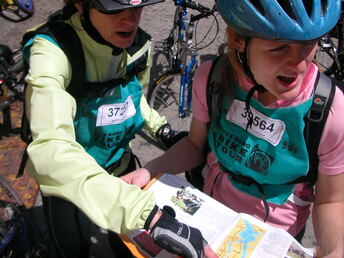
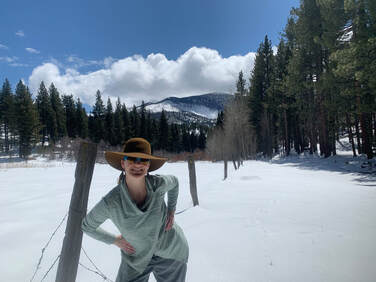

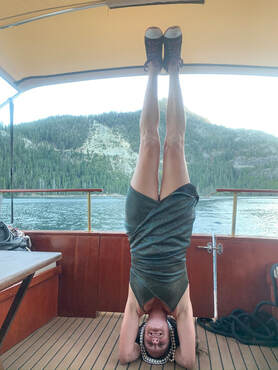
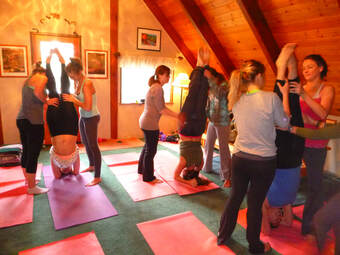
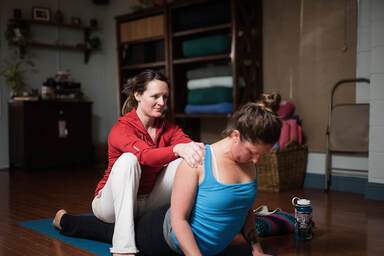
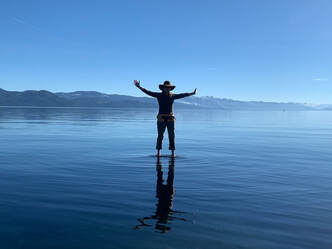
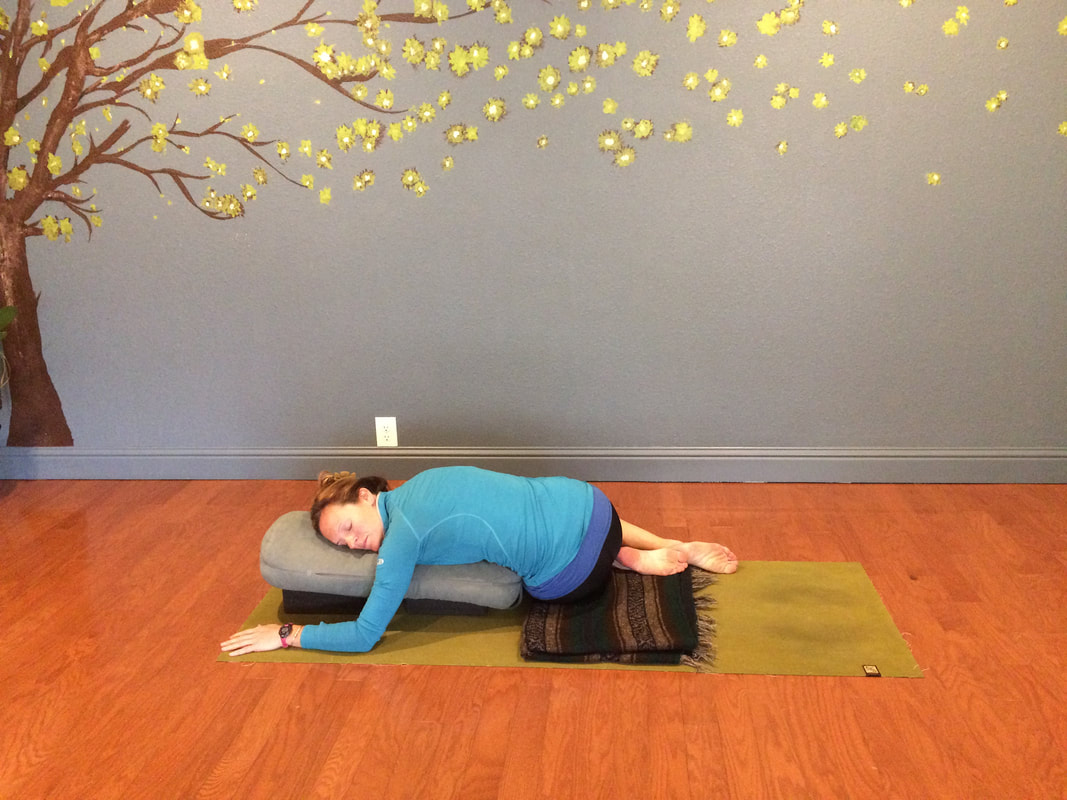
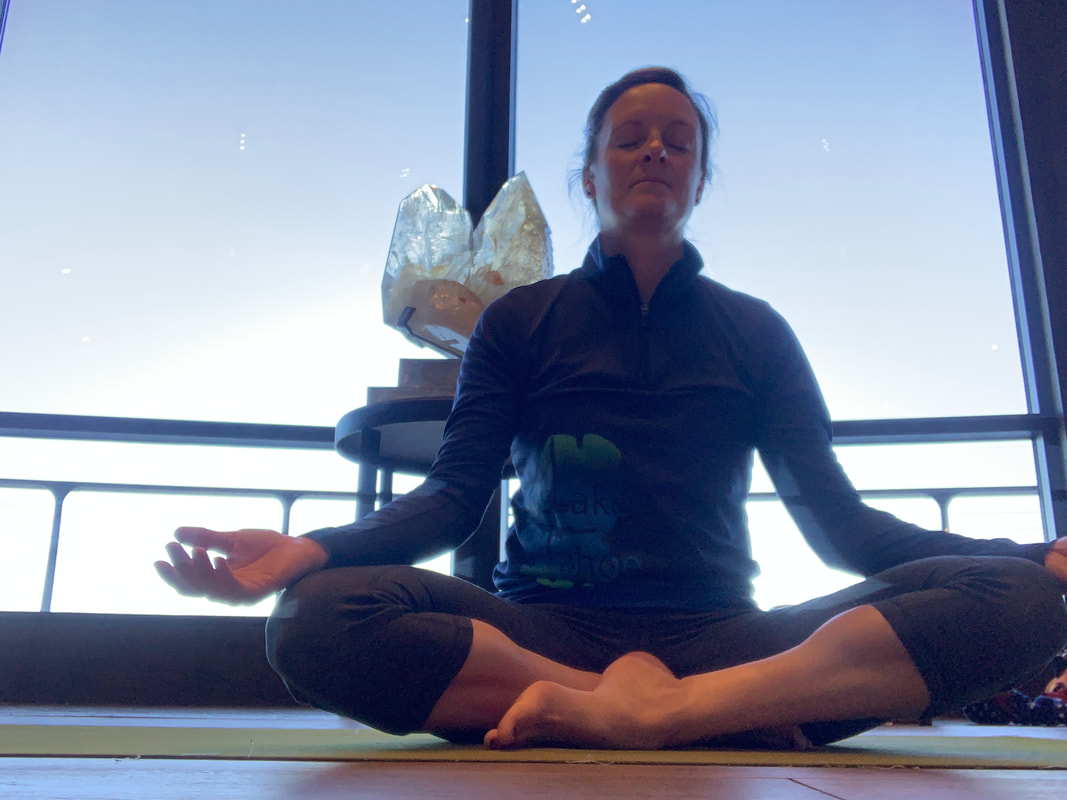
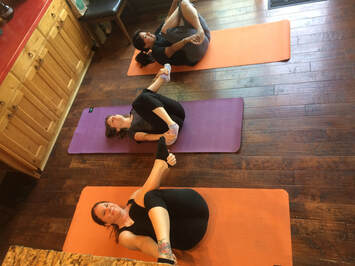
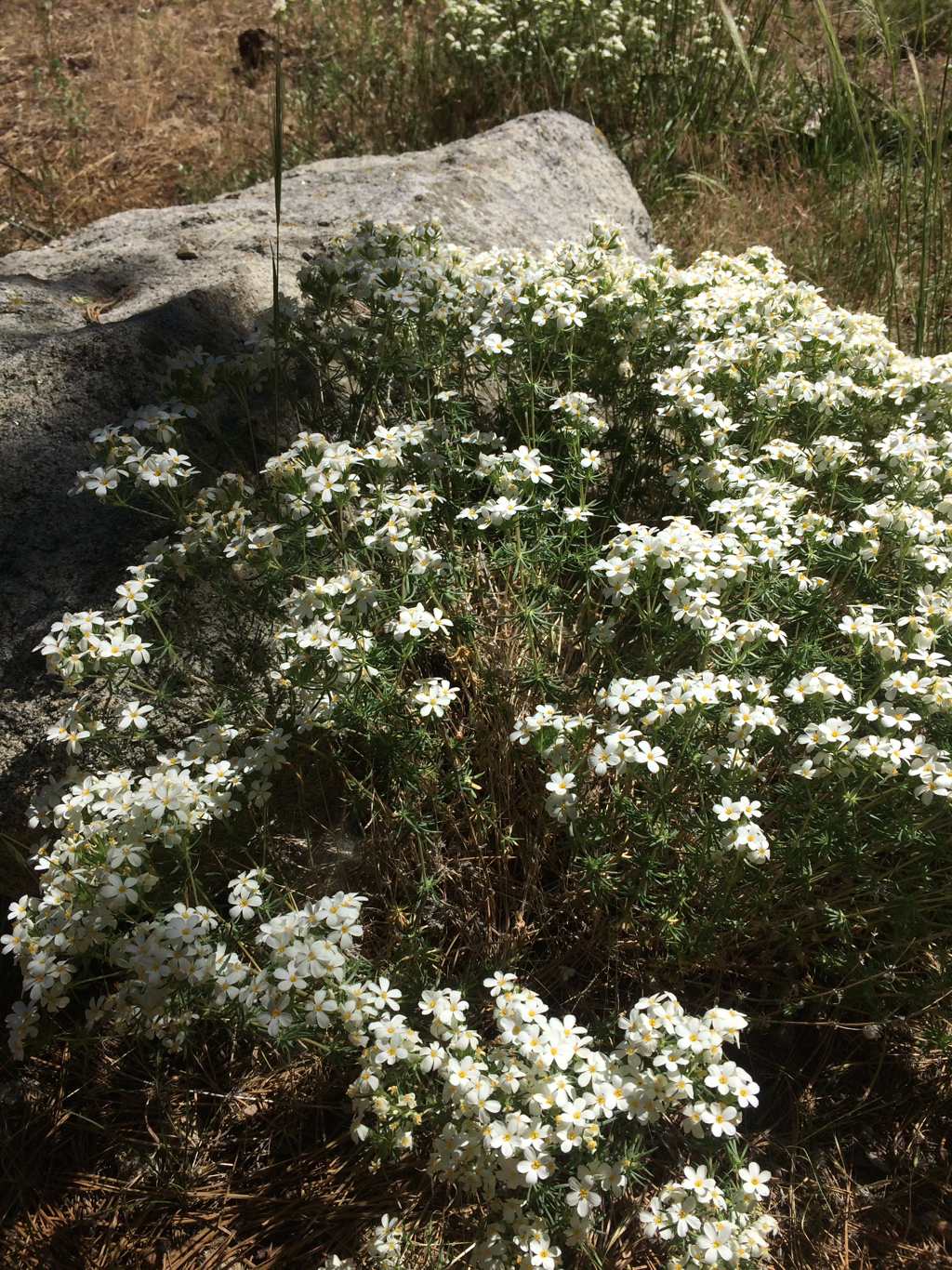
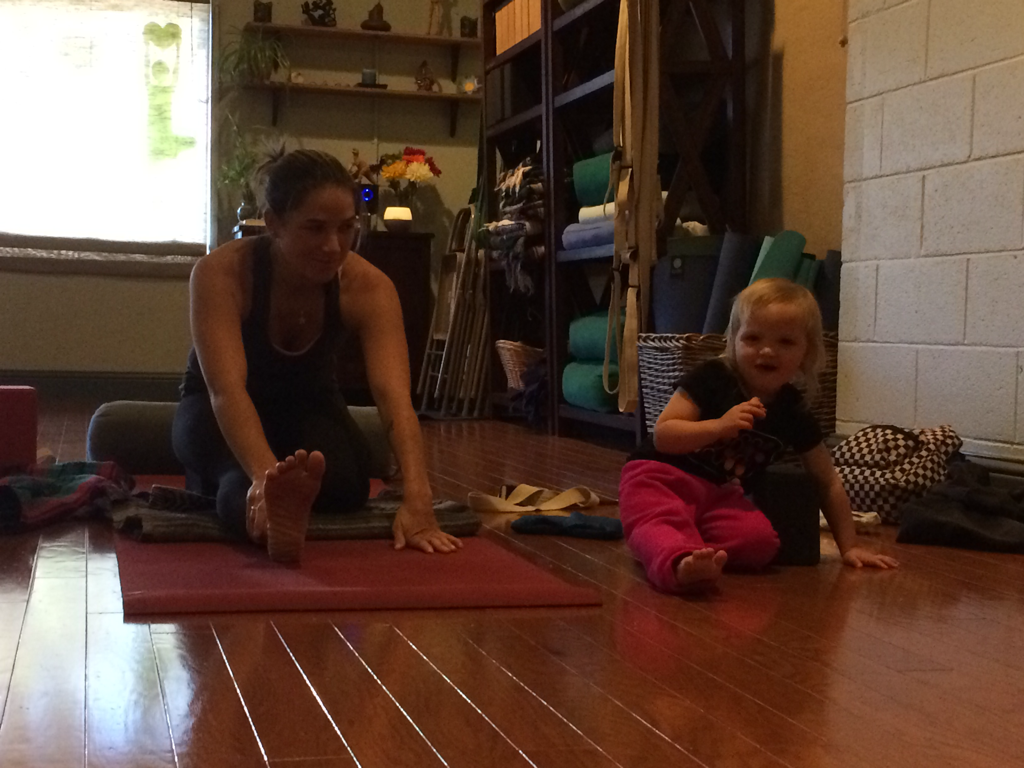


 RSS Feed
RSS Feed